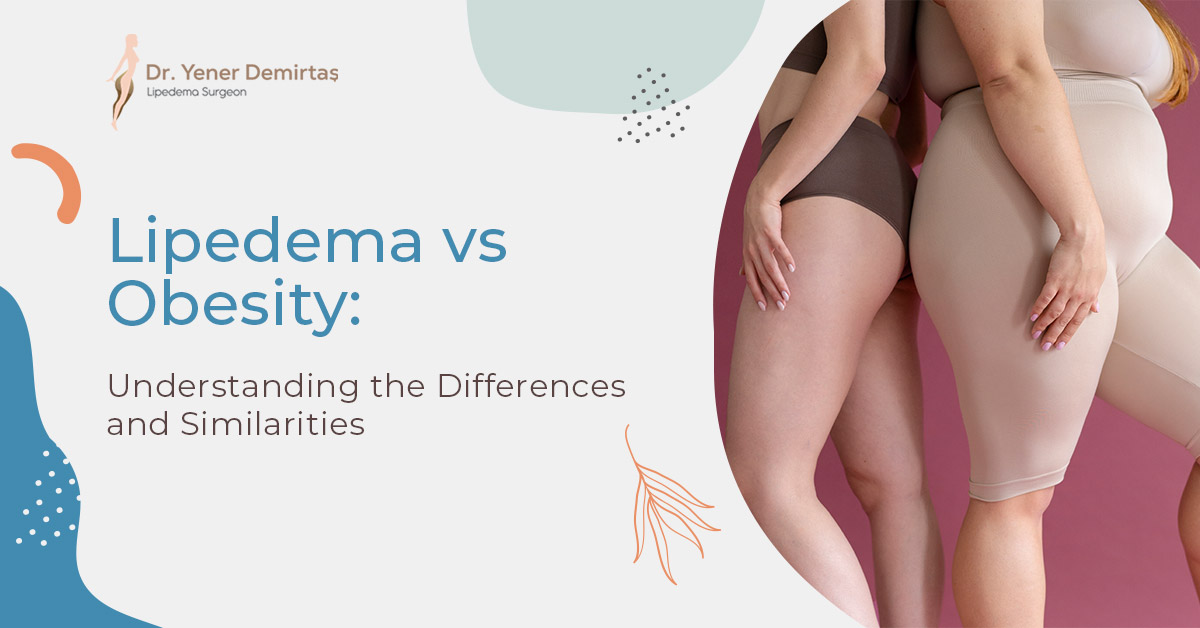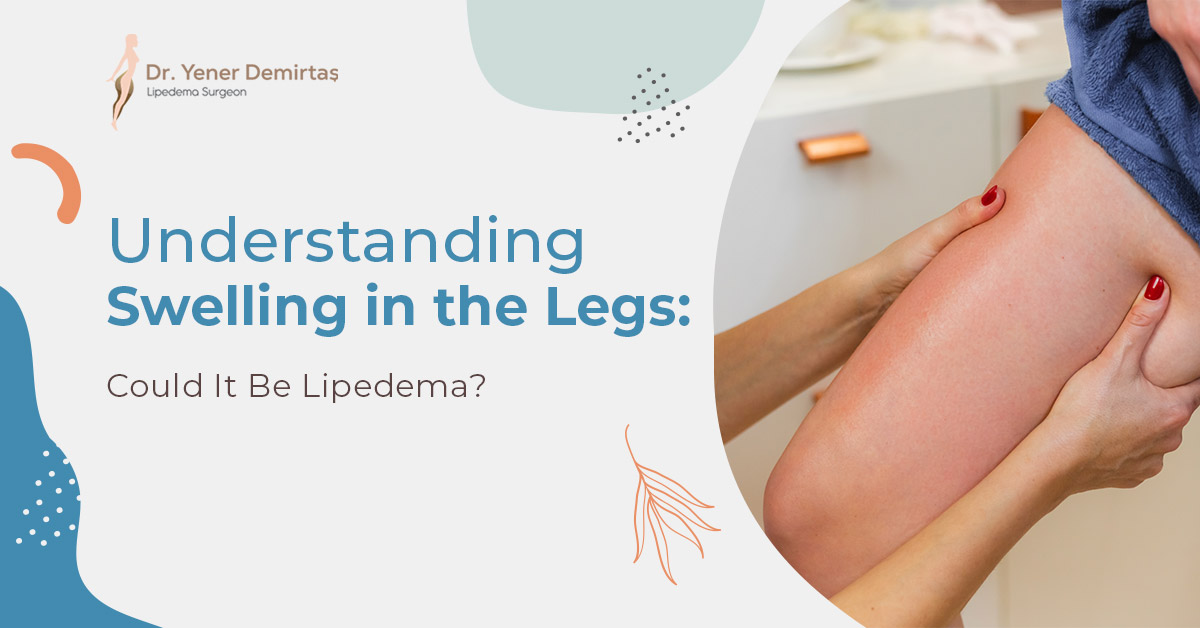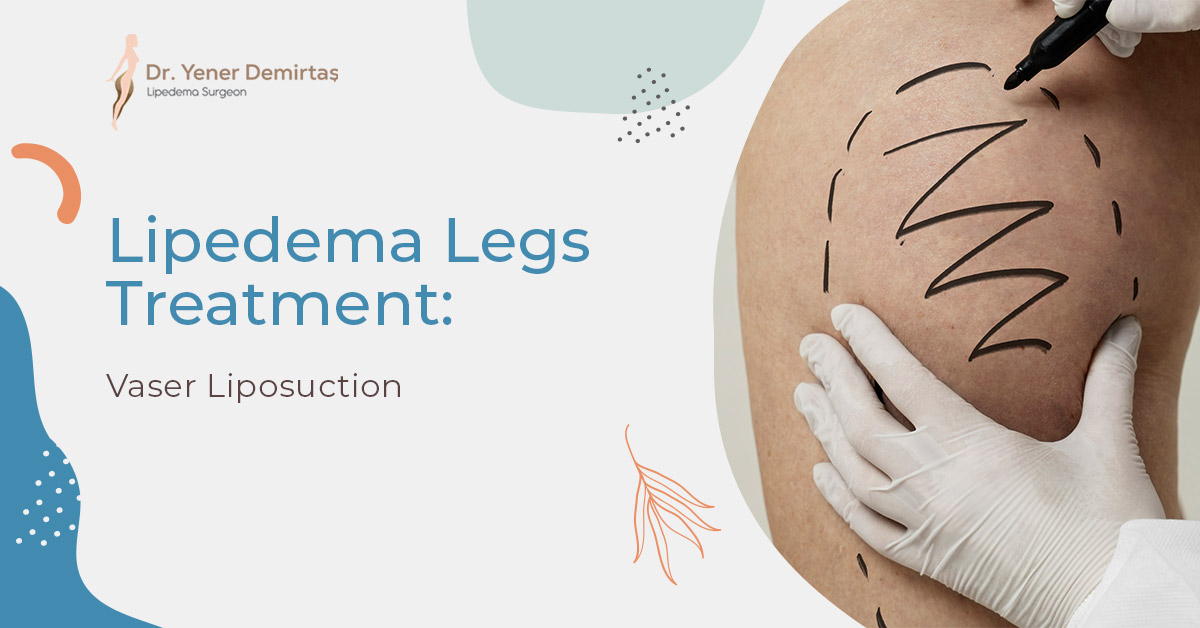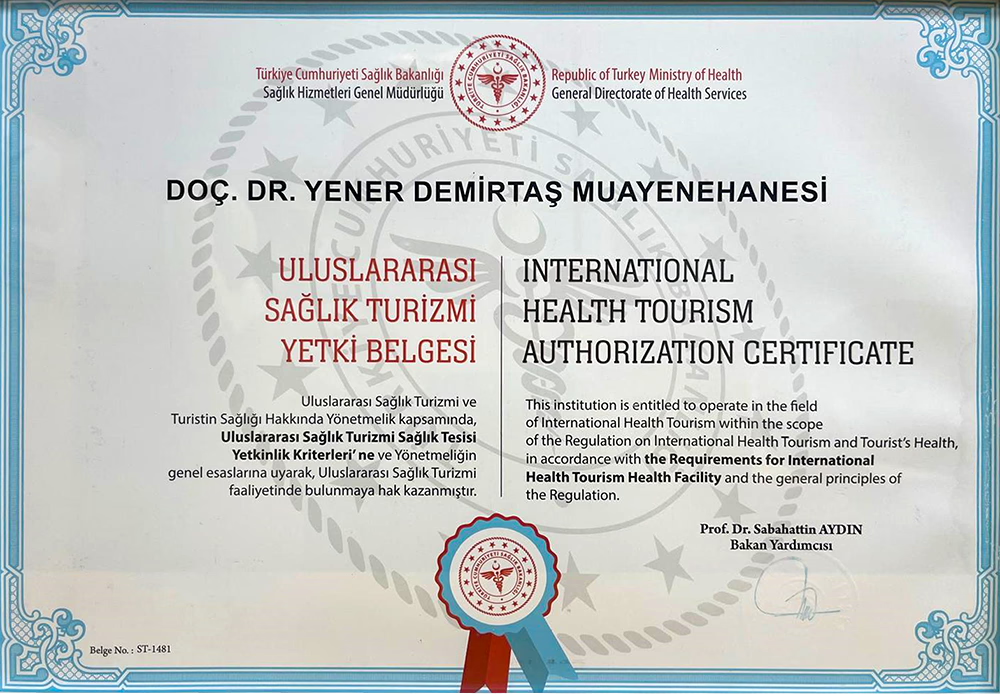
Lipedema vs Obesity: Understanding the Differences and Similarities
The journey to properly diagnose unexplained swelling, pain, and weight gain can often be confusing. Terms like "lipedema" and "obesity" might pop up during your research, leaving you wondering what exactly differentiates the two.
In this article, we will explore the key differences and similarities between lipedema and obesity to help you understand the two conditions better and guide you in the direction of accurate diagnosis and treatment.
What is Lipedema?
Lipedema is a chronic medical condition characterized by the disproportionate accumulation of fat cells, usually in the lower extremities like the legs and thighs. It often leads to pain, swelling, and mobility issues, significantly impacting one's quality of life.
Despite the apparent physical similarities, lipedema is not simply a weight issue. Rather, it is a complex disorder often requiring a multifaceted diagnostic approach, including clinical examination and imaging tests like ultrasound or MRI.
What is Obesity?
Obesity, on the other hand, is a medical condition where excess body fat accumulates to an extent that it may cause health problems. Unlike lipedema, obesity is usually generalized, affecting multiple areas of the body, not just the legs or arms.
Obesity is often assessed using the Body Mass Index (BMI) and waist circumference measurements. These metrics, however, are not sufficient to diagnose lipedema, underlining the need for specialized diagnostic methods.
Similarities Between Lipedema and Obesity
At first glance, lipedema and obesity may appear similar due to the presence of increased body fat. Both conditions can also lead to health complications if not managed properly, such as cardiovascular issues and decreased mobility.
Moreover, it's not uncommon for individuals to be diagnosed with both conditions simultaneously, leading to a more complex medical scenario that requires comprehensive treatment.
Differential Diagnosis: Lipedema vs Obesity
The real differentiation between lipedema and obesity lies in their symptoms, diagnosis methods, and treatment options. For instance, lipedema usually presents with painful fat deposits and easy bruising, which are less commonly associated with obesity.
Additionally, lipedema primarily affects specific areas like the legs and arms, often leaving other body parts unaffected. In contrast, obesity is generally widespread, impacting multiple areas of the body.
Diagnostic Challenges
One of the main challenges in distinguishing lipedema from obesity is the lack of awareness and understanding of lipedema, even within the medical community. Misdiagnosis is common, leading many to pursue ineffective treatments like diet and exercise, which may not alleviate lipedema symptoms.
For accurate diagnosis and treatment, specialized healthcare providers experienced in diagnosing lipedema are crucial. They can employ a range of diagnostic methods, from clinical examination to imaging studies, to differentiate the two conditions accurately.
The Importance of Accurate Diagnosis
Given the complexities in distinguishing lipedema from obesity, obtaining an accurate diagnosis is crucial for effective treatment. Treatments for obesity, like lifestyle changes and medication, may not be effective for lipedema, which may require specialized treatments like lymphatic massage or surgical interventions.
If you suspect you might be dealing with either lipedema or obesity, consult a healthcare provider experienced in these conditions. A correct diagnosis is the first step toward appropriate treatment and improved quality of life.
Fill in our “Lipedema Evaluation Form” for diagnosis and treatment options for lipedema.





